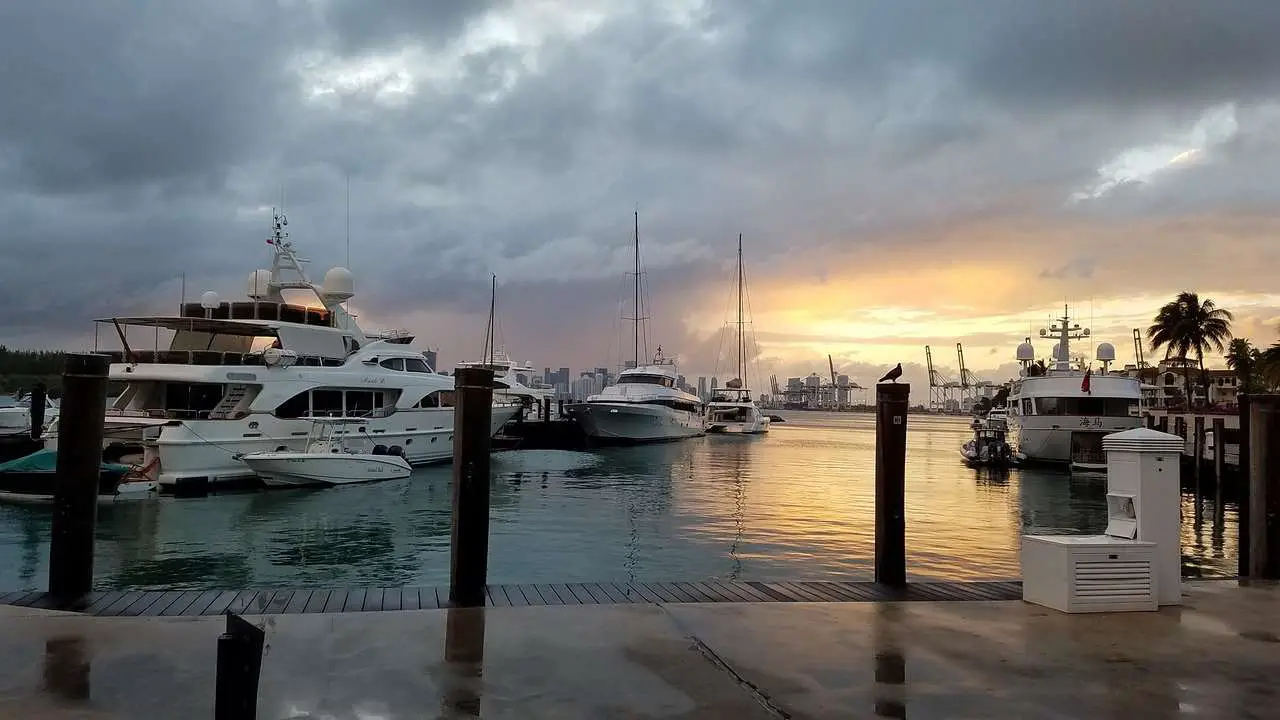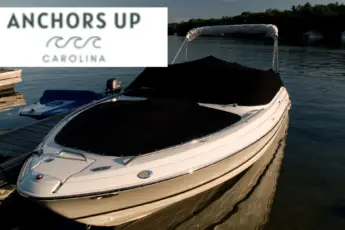One of the most nerve-racking and hectic places to operate a boat is in a marina. Marinas are bustling places between boat traffic, forklifts, and people. Unfortunately, there are instances where boat operators panic in stressful situations resulting in accidental collisions which are avoidable. Follow the following tips when operating a boat in harbors and marinas.
Why Are Marinas Challenging for Boat Owners
There are numerous reasons why marinas are difficult for boaters to navigate. Here are the most common challenges faced.
Confined Space
Harbors are confined spaces. Marina owners maximize profit by constructing the maximum allowable dockage in the area available. As a result, passageways are narrow, and boat traffic is significant.
Current And Wind
Marinas are located on both fresh and saltwater bodies of water. Current and wind significantly impact the maneuverability of a vessel.
Coastal regions in the southeast add an obstacle, and that is tide. Tides are the flow of saltwater in and out of inland waterways, equal to the current in some freshwater lakes and rivers.
When operating a boat in tight spaces, wind and current quickly sets a boat out of position. As a result, out-of-position vessel results in collisions with docks, parked boats, and seawalls.
Boat Traffic
Harbors are busy places and in particular during the weekend. With the combination of marina slips and forklifts deploying boats into the water rapidly, traffic builds quickly.
Another factor is fuel docks. Harbors equipped with fuel docks will see increased traffic due to boat owners who are not slip holders entering to refuel. Fuel docks increase marina congestion.
Remember, as the operator, remain on a constant lookout. Fellow boaters are often inconsiderate and will do anything in their ability to enter the fuel dock or haul out slip ahead of you. We have seen this time and time again.
Best Tips For Navigating A Marina By Boat
The most straightforward way to avoid congested harbors is to boat on weekdays to avoid the weekend warrior crowds. However, we understand that based on work schedules, this is most often unrealistic.
Patience
When follow boaters are in a hurry, allow them to enter their slip, haul out ramp, or fuel dock ahead of you. We know this can be frustrating, but it helps avoid feeling rushed and making mistakes.
Know The Wind And Tide Before Stepping Foot On The Boat
A couple of minutes of preparation aids in prevent potential accidents. Before casting the vessel free, utilize the weather and tide reports to understand how each will influence the boat’s movement.
Strong winds and currents have a substantial impact and, as a result, creates panic when becoming set down. To combat the obstacle, know the direction the boat will be forced to counteract the movement from nature.
Have A Game Plan
Believe it or not, maneuvering in tight quarters is a science. The dock must be departed and returned to in a calculated fashion.
Slip births are narrow, and when in combination with minimal room to pivot, come up with the best approach in your mind before attempting to dock.
The Do-Nothing Approach
Despite this sounding insane doing less is more. In a situation where you feel out of control, do not engage the throttles.
Unfortunately, boaters panic and over throttling boats when attempting to maneuvering away from making contact with another vessel. As a result, they lose control and collide with boats and docks at high rates of speed.
Low impact contact is far better than a high-speed crash. Allow your boat to nestle up against the dock or vessel compared to making the situation worse by overpowering the engine and losing control.
Entering And Exiting Seawalls
When transiting in and out of a marina through a seawall opening, understand the inherent dangers.
The first danger is inbound and outbound traffic. Seawalls have narrow openings and typically allow for only one vessel to pass. Sound the horn to notify fellow boaters you will be entering or exiting.
Secondly, rivers and coastal areas create strong water flow at the opening of the marina. As you pass through by boat, realize that the current will set the craft down in the flow direction. Increase throttle and drive at a slight angle into the current to combat the hazard.
Follow These Tips To Operate Vessels In Marinas Safely
Fortunately, boats are more maneuverable now than ever before because of improved technology. Beyond maneuverability, understanding techniques to pivot a vessel will further lessen the burden and pressure of driving in tight quarters. Lastly, with each opportunity to operate the boat in a marina, you will feel more comfortable.








Leave a Comment
You must be logged in to post a comment.